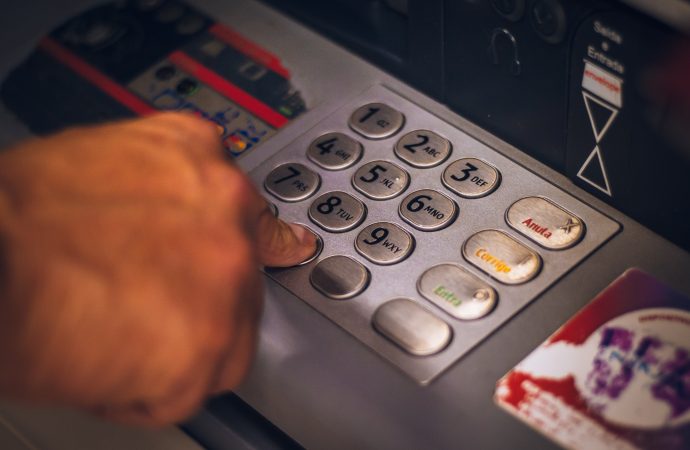Have you ever heard of a bank run? It’s when customers panic and rush to withdraw their money from financial institutions, ultimately causing chaos and instability in the banking system. Well, it seems like we’re witnessing a modern-day version of this phenomenon as Eurozone banks are struggling to keep up with the sudden surge of
Have you ever heard of a bank run? It’s when customers panic and rush to withdraw their money from financial institutions, ultimately causing chaos and instability in the banking system. Well, it seems like we’re witnessing a modern-day version of this phenomenon as Eurozone banks are struggling to keep up with the sudden surge of withdrawals. In today’s blog post, we’ll dive into why this is happening and what it means for the future of Europe’s economy.”
What is prompting customers to withdraw funds from Eurozone banks?
The economic crisis in the Eurozone is prompting customers to withdraw funds from Eurozone banks. Customers are concerned about their money and the stability of the Eurozone bank system. Banks are struggling to keep up with the demand for withdrawals, and the shortage of cash has led to long lines at some banks. This trend is likely to continue as people become more worried about their financial future.
What are the consequences of this trend?
According to a study by the European Banking Authority, in the first six months of 2017, there was a 27% increase in requests from consumers to withdraw money from their banks. This surge in demand is likely due to uncertainty about the future of the economy and political instability. The consequences of this trend are several-fold.
First and foremost, it has caused banks to tighten their lending criteria, which has led to a slowdown in growth and job creation. Second, it has created an environment of financial instability as lenders become more reluctant to provide credit to businesses and individuals. And finally, it has made it difficult for banks to fund themselves, which has resulted in them having to borrow money from other institutions or governments.
How can banks address this issue?
1. Banks in the Eurozone are struggling to keep up with customer demand to withdraw funds. This is due in part to concerns over the euro and the global economic situation. 2. Some banks have implemented measures to try and address this issue, such as limiting withdrawals or charging higher fees for making withdrawals. 3. Other banks have decided to close their doors entirely, resulting in large numbers of customers being left without access to their funds. 4. There is a risk that if the problem continues, banks could fail and cause the Eurozone economy to decline further.
Conclusion
As the eurozone banks continue to struggle, customers are increasingly turning to withdraw their funds in order to protect themselves from potential defaults. Banks have been forced to raise interest rates and set stricter limits on withdrawals as a result, which has resulted in an increase in lines at ATMs around the continent. While this may seem like a worrisome trend, it is important to remember that bank runs are extremely rare and tend to only occur when there is evidence of systemic risk. In other words, while there might be some short-term volatility associated with the euro zone banking crisis, it is unlikely that it will lead to a widespread financial meltdown.

















Leave a Comment
Your email address will not be published. Required fields are marked with *